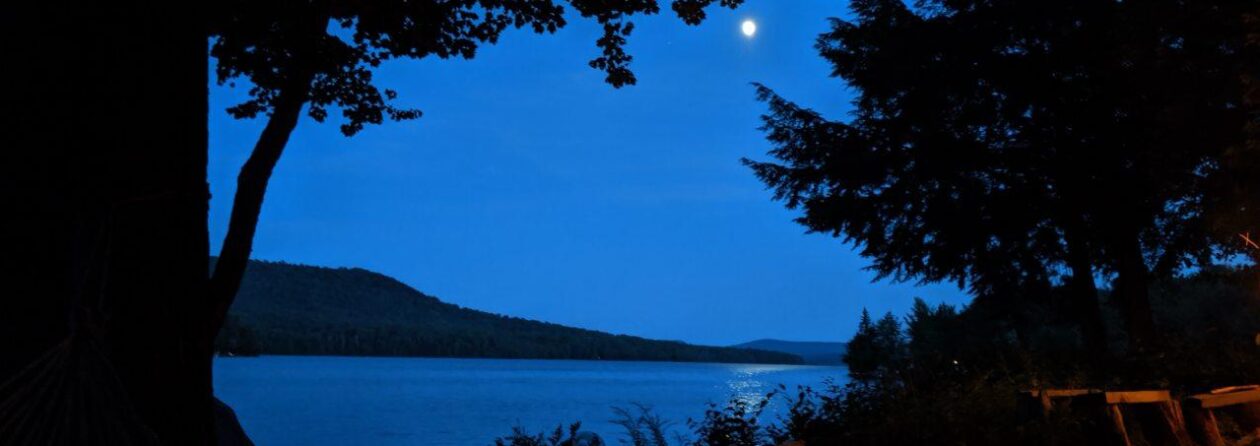ISSN 1076-9005
Volume 32, 2025
Selling the Buddha’s Relics Today
Conan Cheong and Ashley Thompson
SOAS University of London
On May 7, 2025, Sotheby’s Hong Kong will offer for sale “gem relics” of the Buddha that were dug up by British colonial landowner W. C. Peppé out of the Piprahwa stūpa in Uttar Pradesh, India, in 1898. In Buddhist contexts, they are considered śarīra—corporeal remains imbued with the living presence of the Buddha. Centering Buddhist ontologies of relics evidenced in epigraphic and ritual traces, this article calls attention to the ethical implications of placing such sacred remains on the art market. It situates the continued division of “gems” from “bones and ash” in colonial processes of extraction, classification, and revaluation through archaeological and museographic practice.

Excellent piece!
The separation of “gems” from “bones and ash” is of a piece with the scholarly selective extraction of cannonical text to paint Buddhism as the rational, proto-scientific, pacifistic religion they longed for. That is, much of Buddhist scholarship–early on but to an extent continuing–has been a colonialist exercise. The same can be said of more contemporary projection of New Age tripe. Thanks for this!
While correctly pointing at the lingering orientalism of the sale, the article ignores the elephant in the room. Despite all efforts, the “historicity” of the Buddha has never been established, and all we have is a legend. Thus, the belief that the true relics of the Buddha could be found around Lumbini is misleading, and selling these relics as “imbued with the presence of the Buddha” amounts to a fraud.